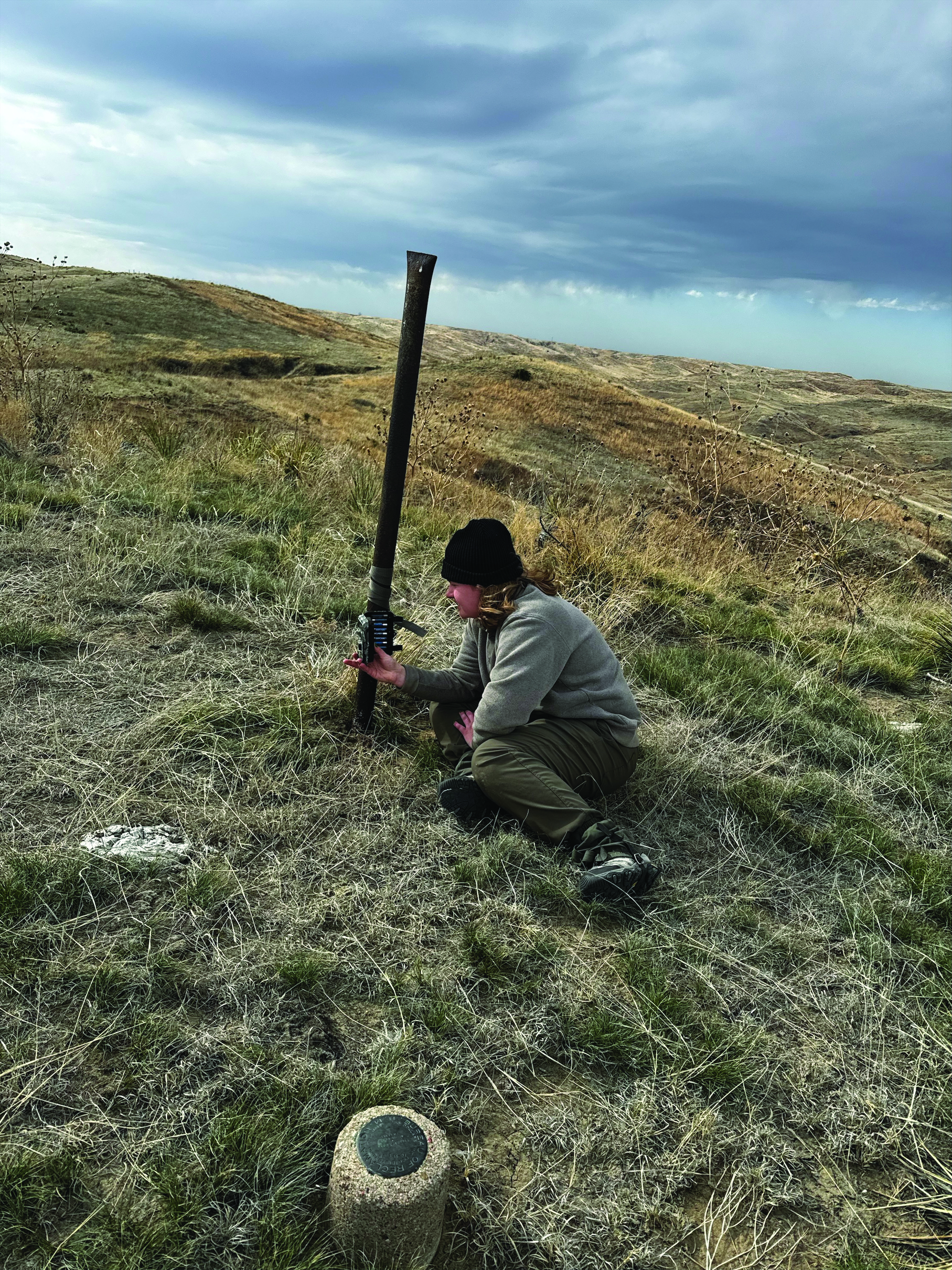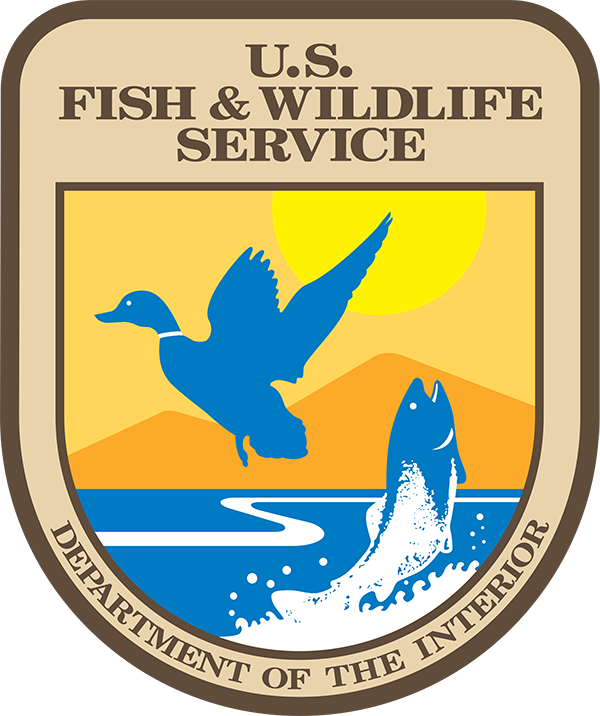Mesopredators are important components of animal and plant communities and play a role in maintaining ecosystem function and health. Not only does the presence of mesopredators on the landscape have a strong influence on prey density and vital rates, mesopredator composition has cascading effects on species and ecosystem processes.
Within Nebraska, scant data are available describing predator composition, occurrence and distribution. Given the influence these predators have on species, data on predator communities are needed to address knowledge gaps regarding population dynamics of harvested species and ultimately inform management strategies for both predator and harvested species.
Goals
Information on landscape features, land cover types, and vegetation characteristics used by predator species will be provided to inform decisions regarding habitat management. Further the project will provide baseline data to evaluate if any changes in habitat management practices have measurable effects on predator species occurrence, distribution, and composition.
Current Status
Mesopredators are important components of animal and plant communities and play a role in maintaining ecosystem function and health. Not only does the presence of predators on the landscape have a strong influence on prey density and vital rates, mesopredator composition has cascading effects on species and ecosystem processes. Within Nebraska, scant data are available describing predator composition, occurrence and distribution. Given the influence mesopredators have on species, data on predator communities are needed to address knowledge gaps regarding population dynamics of harvested species and ultimately inform management strategies for both predator and harvested species. Our project will investigate how predator presence and community composition in Nebraska vary in relation to landscape features, land cover types, and other vegetation characteristics to inform decisions regarding habitat management.

Graduate Student
- Jade Wawers. M.S.
Principle Investigators
- Sarah Sonsthagen
- Andrew Little
- Mark Vrtiska
- Adam Ahlers (Kansas State University)
- Michael Chamberlain (University of Georgia)
Project Duration
May 2024 – July 2027
Funding
- Nebraska Game and Parks Commission
- National Wild Turkey Federation
Project Location
western Nebraska




